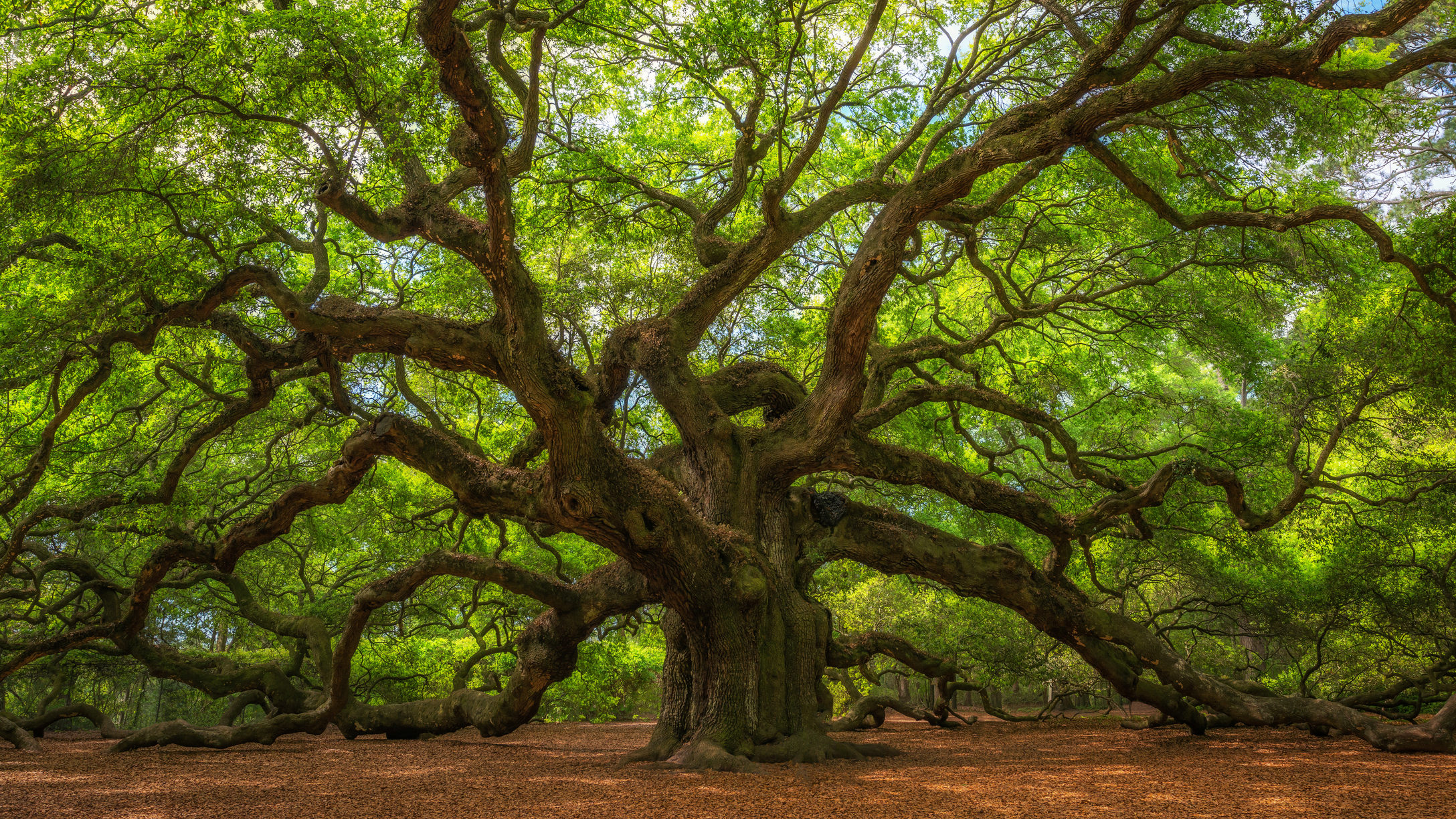
Nitai Gaura has given us the gift of divine love
Sri Caitanya Mahaprabhu’s appearance in 1486 changed the way we think about the relation between God and love.
In Western Semitic religions we are accustomed to thinking of God’s love as a transcendental substance, accessible to saints and priests, passed on to us only by their mercy. In those traditions, God is equated with love, but reserved for those who love God directly or receive it directly from God.
The love of God is understood as an abstraction, a transcendental goal, reached only by the most purified souls, obtained only after long struggle and sacrifice.
This is not far from the image of Vaishnavism before the appearance of Caitanya Mahaprabhu.
Continue reading